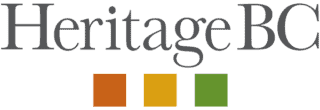- About
- Events & Activities
Events & Activities
- Learning Centre
- Cultural Maps
Cultural Maps
- Mapping Heritage Resources
- Submerged Heritage Resources Map
- Columbia Basin Region Historic Places Map
- Francophone Historic Places Map
- Chinese Canadian Historic Places Map
- Japanese Canadian Historic Places Map
- South Asian Canadian Historic Places Map
- War Monuments and Memorials Map
- Industrial Heritage Cultural Map
- Funding
- News
- Professional Development
Professional Development
- Contact
- Heritage 101
- Advocacy
- Accessibility for Historic Places
- Climate & Sustainability
- Heritage Place Conservation
- Heritage Policy & Legislation
- Homeowners
- Intangible Cultural Heritage
- Non-For-Profit Organizations
- Reconciliation
- Indigenous Cultural Heritage
- Setting the Bar: A Reconciliation Guide for Heritage
- 1. Heritage and Reconciliation Pledge
- 2. Acknowledging Land and People
- 3. Celebrating Days of Recognition and Commemoration
- 4. With a Commitment to Learn
- 5. Committing to Strategic Organizational Diversity
- 6. Mission-Making Room for Reconciliation
- 7. Possession, Interpretation, Repatriation and Cultural Care
- 8. Shared Decision Making
- 9. Statements of Significance and other heritage planning documents
- 10. Heritage Conservation Tools, Local Government Act
- Racism: Do Not Let the Forgetting Prevail
- Taking Action: resources for diversity and inclusion
- Webinars On-Demand
ICH Inventorying: Steps 4 & 5
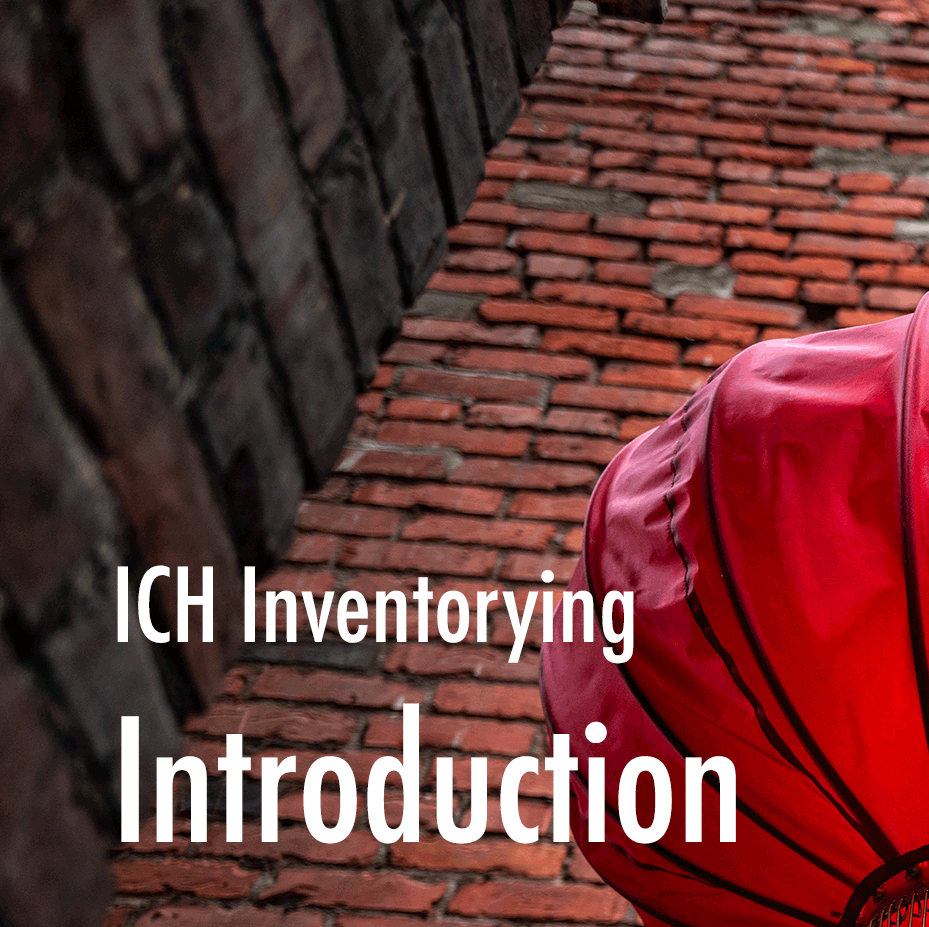 |
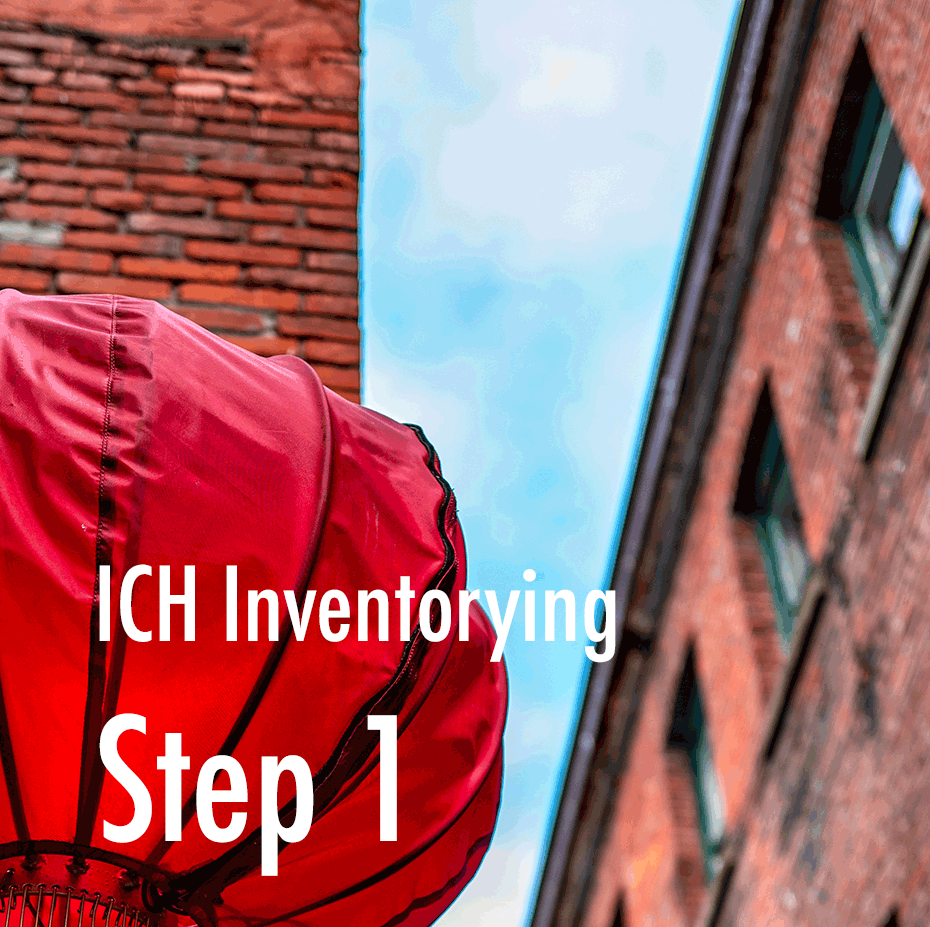 |
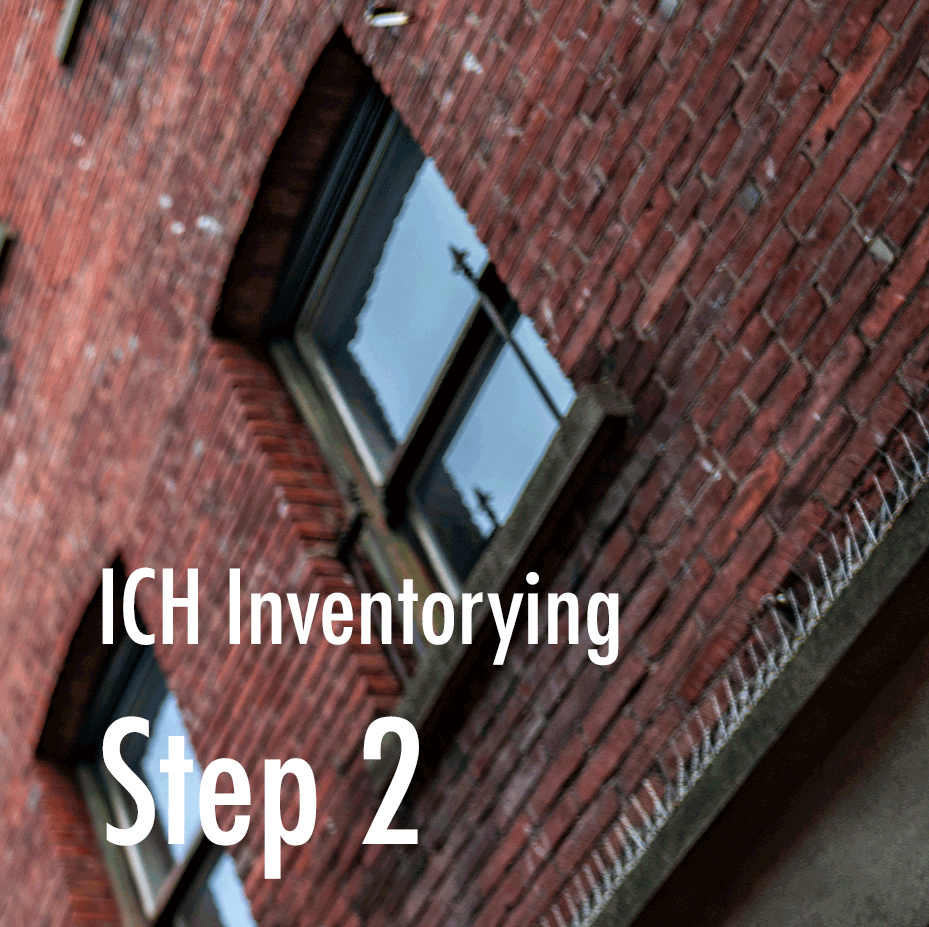 |
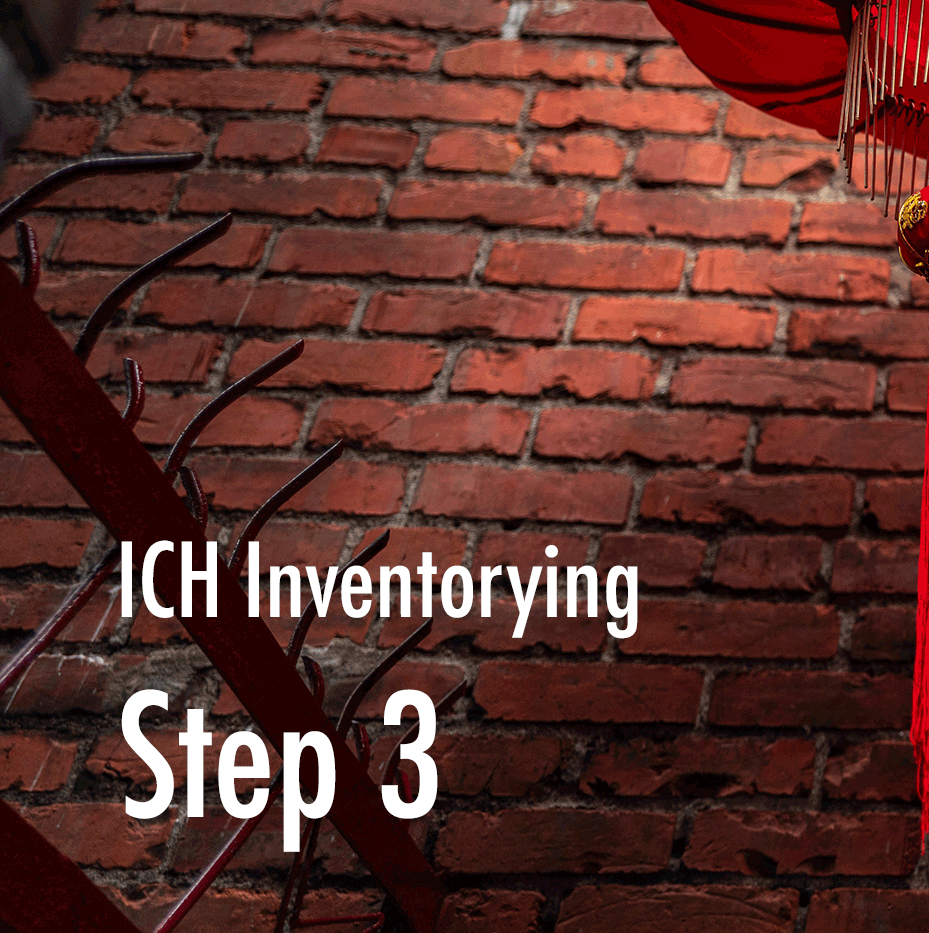 |
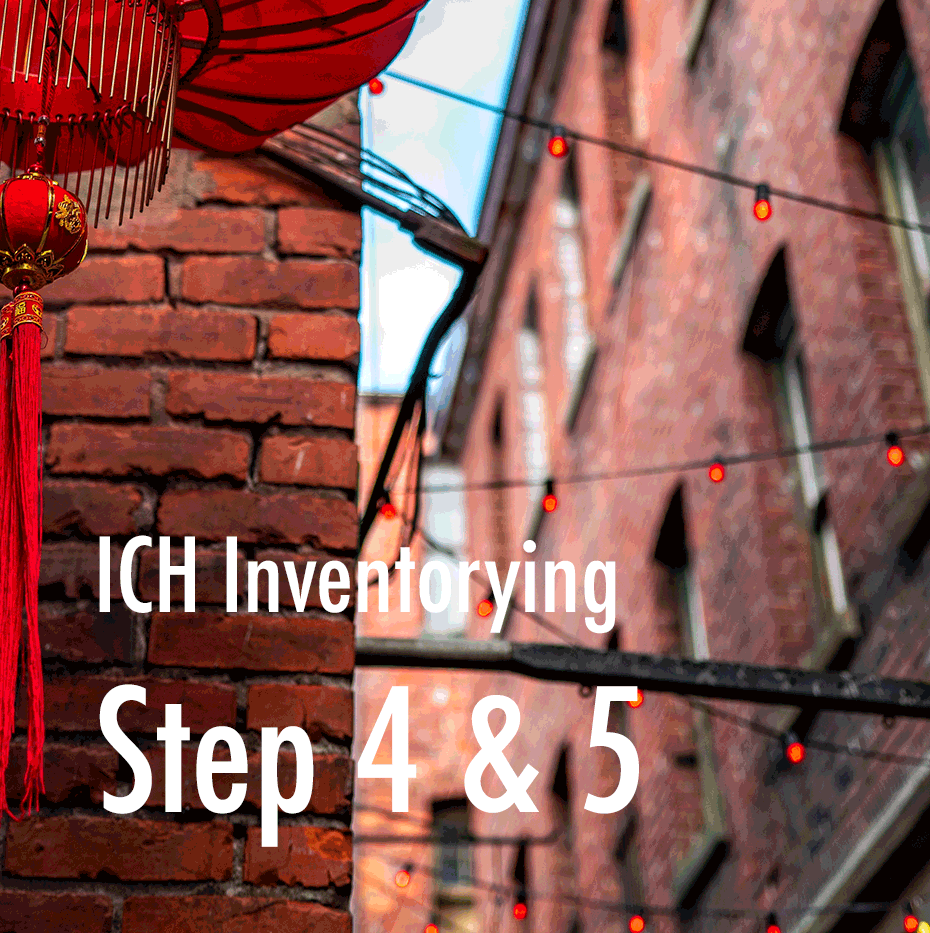 |
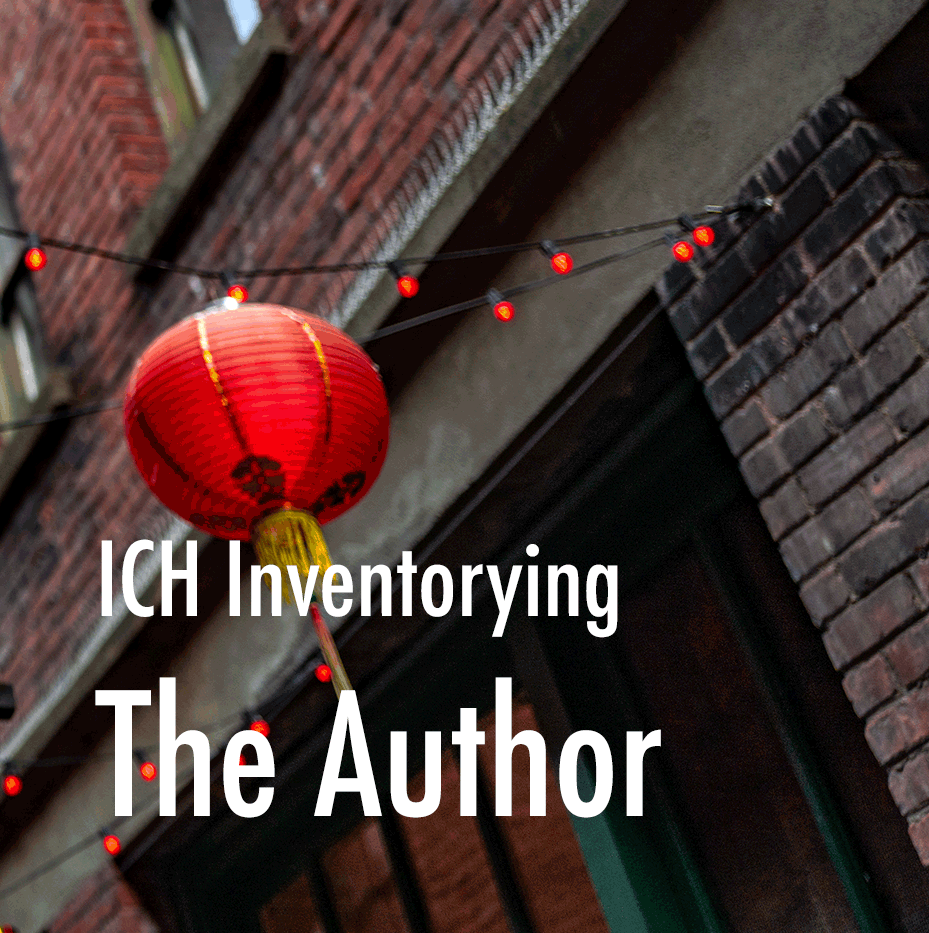 |
Step 4: Documentation
The documentation step consists of organizing the information and materials collected during the research. The activities associated with this stage are:
- Organization of information and data entry on the computer
- Organization of files
- Transcription of interviews
- Conservation of files.
The sample framework for organizing information provided here can help you not only to understand how to organize the data, but also what questions you can ask during the fieldwork search.
The data collected should be deposited in a local community archive, community institution, like community centres, schools, or libraries, so that it can be consulted by the community members whenever they want and need.
After organizing the information and files, it is necessary to produce materials that can promote knowledge about the intangible heritage manifestation. For example, an inventory can be transformed into catalogues of the cultural manifestations, textbooks for schools, books for general audience, photo exhibitions, and videos.
All these materials are important to generate awareness about the importance of intangible heritage in the community.

Step 5: Publicize
The material generated during the inventory will be made accessible to stakeholders, including communities and knowledge bearers. However, communities and groups concerned should have the possibility, if they wish, to restrict or regulate access to information about practices, expressions or knowledge that is contained in inventories.
Materials should be used to support educational activities and generational transmission.
